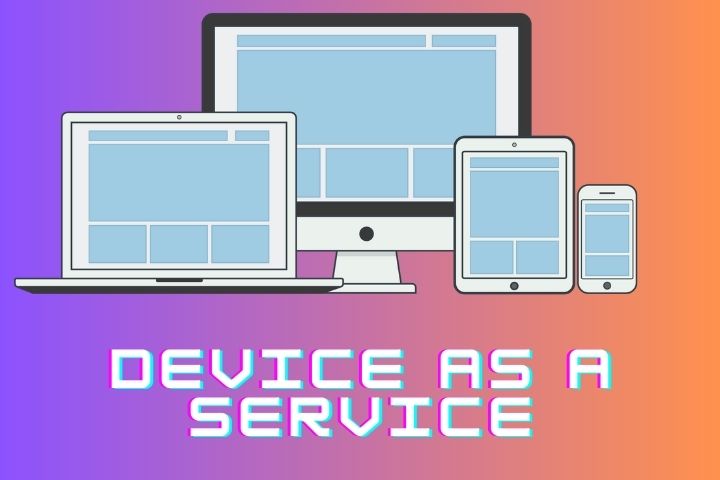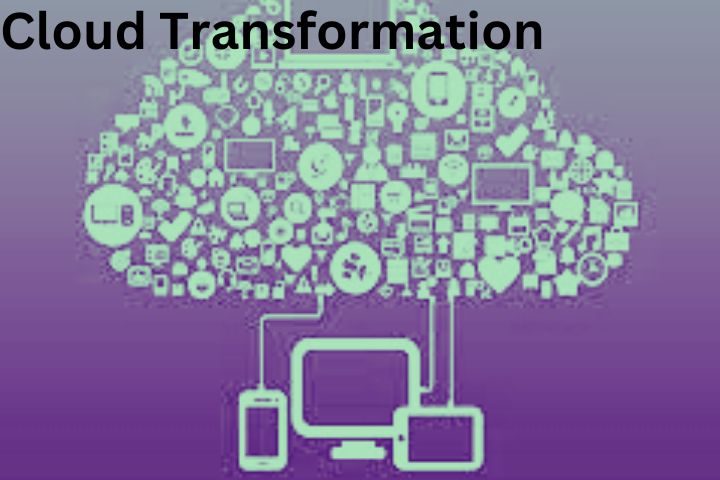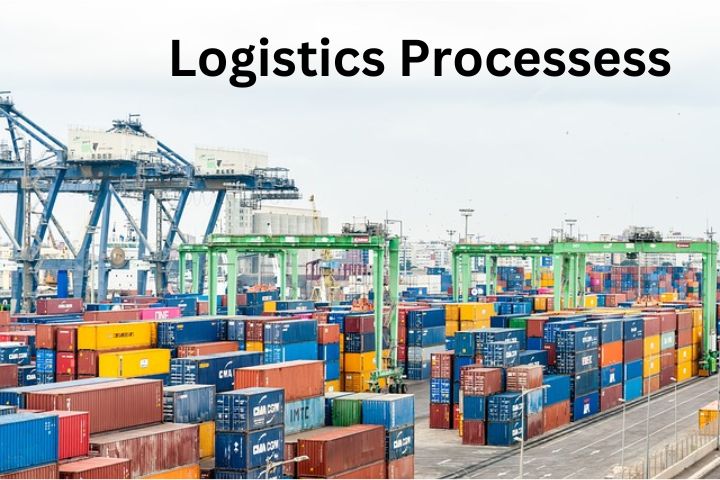
Implementation of a new website or an app is a complex project on which many different developers work at the same time. The various features are often worked on for months. To avoid this problem, some teams resort to alternative software development strategies such as continuous integration and continuous deployment(CI/CD PIPELINE). The goal: deliver better software faster.
What are continuous integration and Delivery?
To achieve this goal, automating as many processes as possible and working in the shortest possible intervals is necessary. One or the other will already be familiar with this approach from concepts similar to the lean startup method.
Here, too, work is done in the smallest possible steps and ideas are tested as often as possible in an iterative process. Only the aspect of automation is not given with this method.
But back to software development. Let’s look at the process of software development step by step. This usually begins with a code change or the testing of this code.
If a team uses continuous integration (CI), every change the development team makes is tested immediately. Automated tests are a crucial part of this.
Every time a change is made to the code, this change is sent to a server, for example, which tests the code and thus provides results in a short time without the code has to be manually checked by an employee.
Now there are two options: The test is passed, further changes can be made, or the test fails, and the errors in the code must be fixed. In this way, errors can be discovered early.
However, developing and testing the software is not the end of the story. The changed code must now be published. If this step is also automated, this is referred to as continuous delivery (CD) or continuous deployment.
Three steps build on each other for CI/CD PIPELINE:
- Continuous integration: Code changes are immediately integrated and tested.
- Continuous Delivery: The software is developed to be released at any time. The changes are released manually.
- Continuous Deployment: This extension of Continuous Delivery means the changes are published automatically.
Should I use continuous integration and Delivery?
When selecting a suitable agency and implementing your own software projects, the question now arises as to whether you should pay attention to continuous integration and Delivery.
Below you will find the main advantages and disadvantages of these processes.
Advantages of CI/CD PIPELINE:
Fewer errors: A key advantage is that the code is less prone to errors. Continuous testing makes it possible to identify and correct errors early.
Faster development: Software development is faster. Finished features can be released directly without waiting months for the next release.
Faster testing: With the ability to release features immediately, ideas can be tested faster. In this way, further software development can depend on how users receive a feature.
Disadvantages of CI/CD PIPELINE:
Initial development costs:
The initial development costs and effort are higher because, for example, the automated tests for the respective software project have to be developed first.
However, the process is usually more sustainable in the long term as fewer errors occur and manual testing is no longer required.
Expertise and corporate culture: The team and the corporate culture must be designed for these processes. On the one hand, the employees need the necessary knowledge to implement the processes.
On the other hand, the corporate culture must enable this test-oriented approach.









